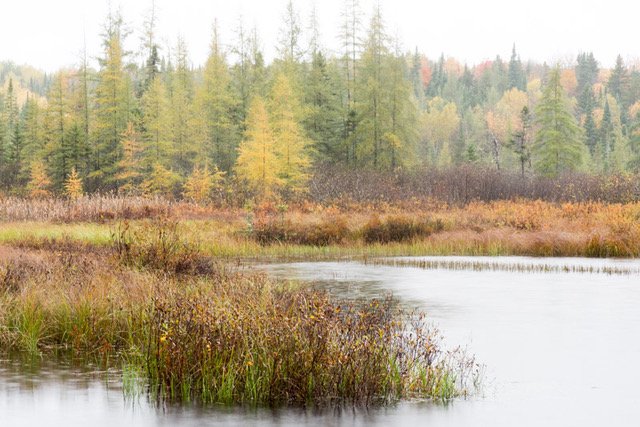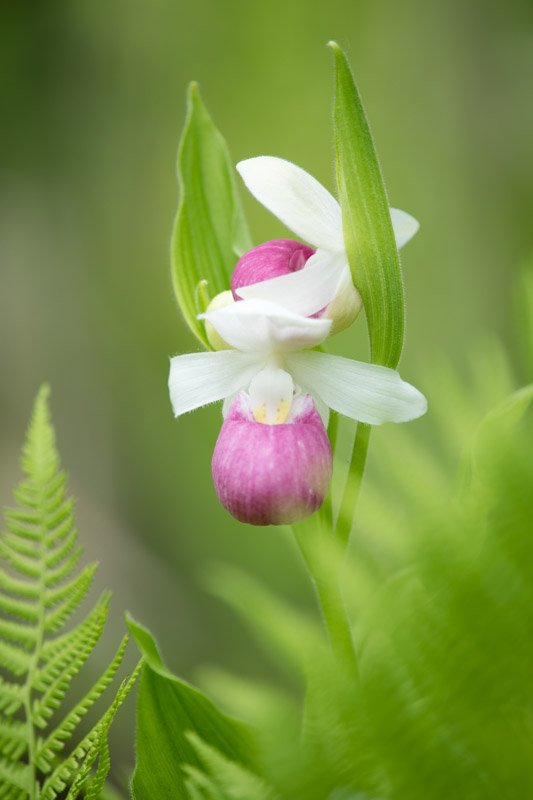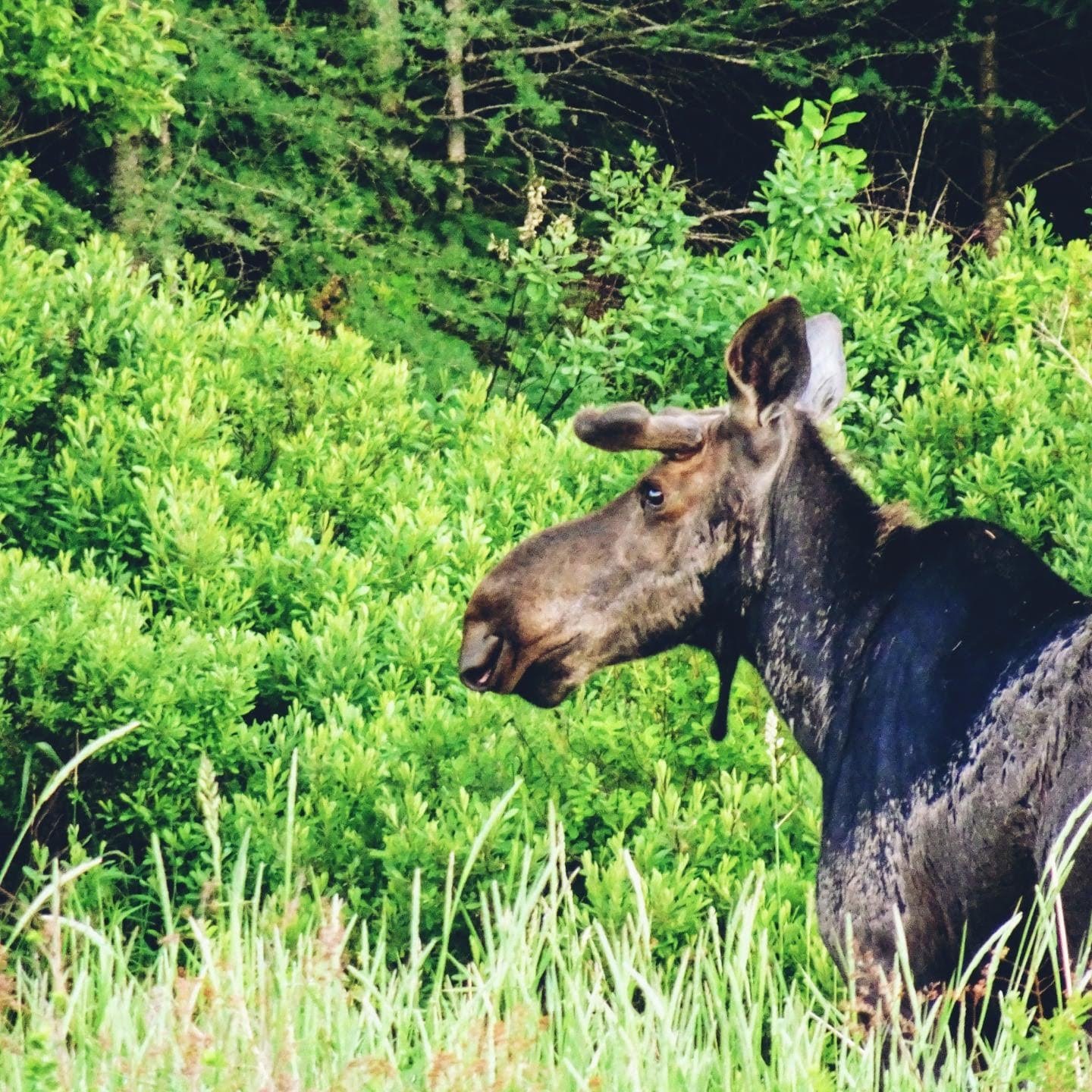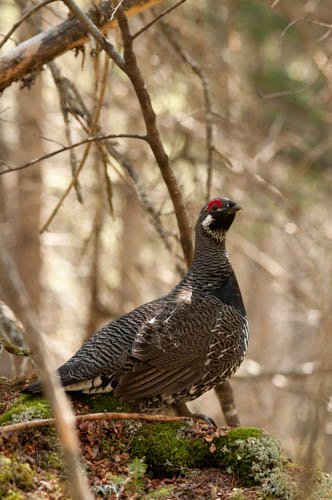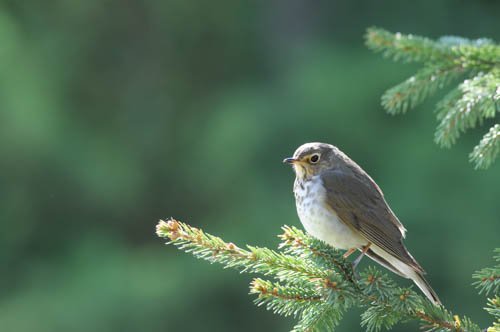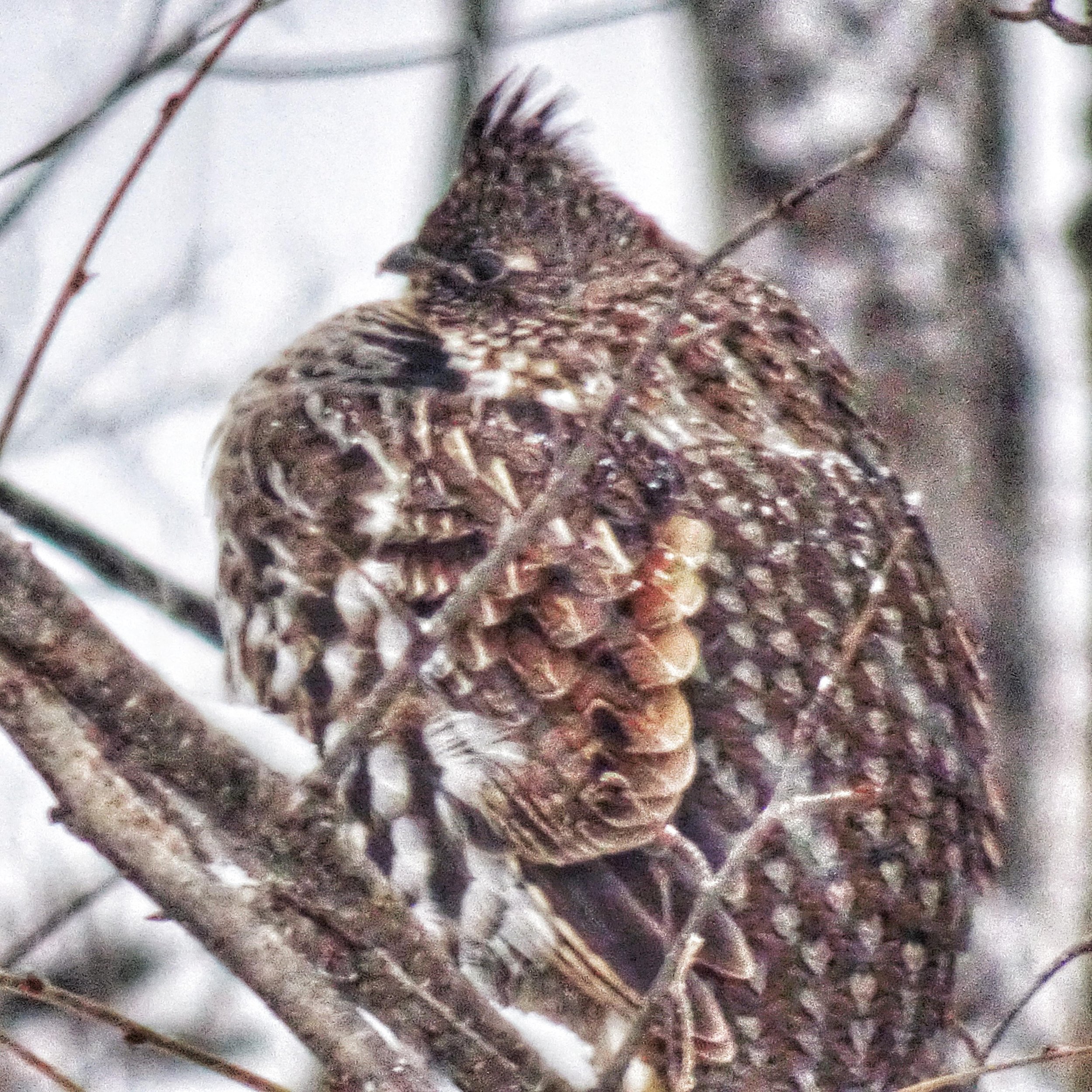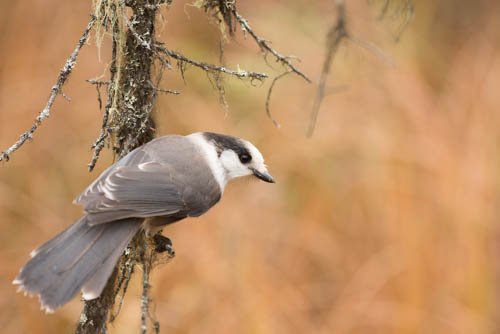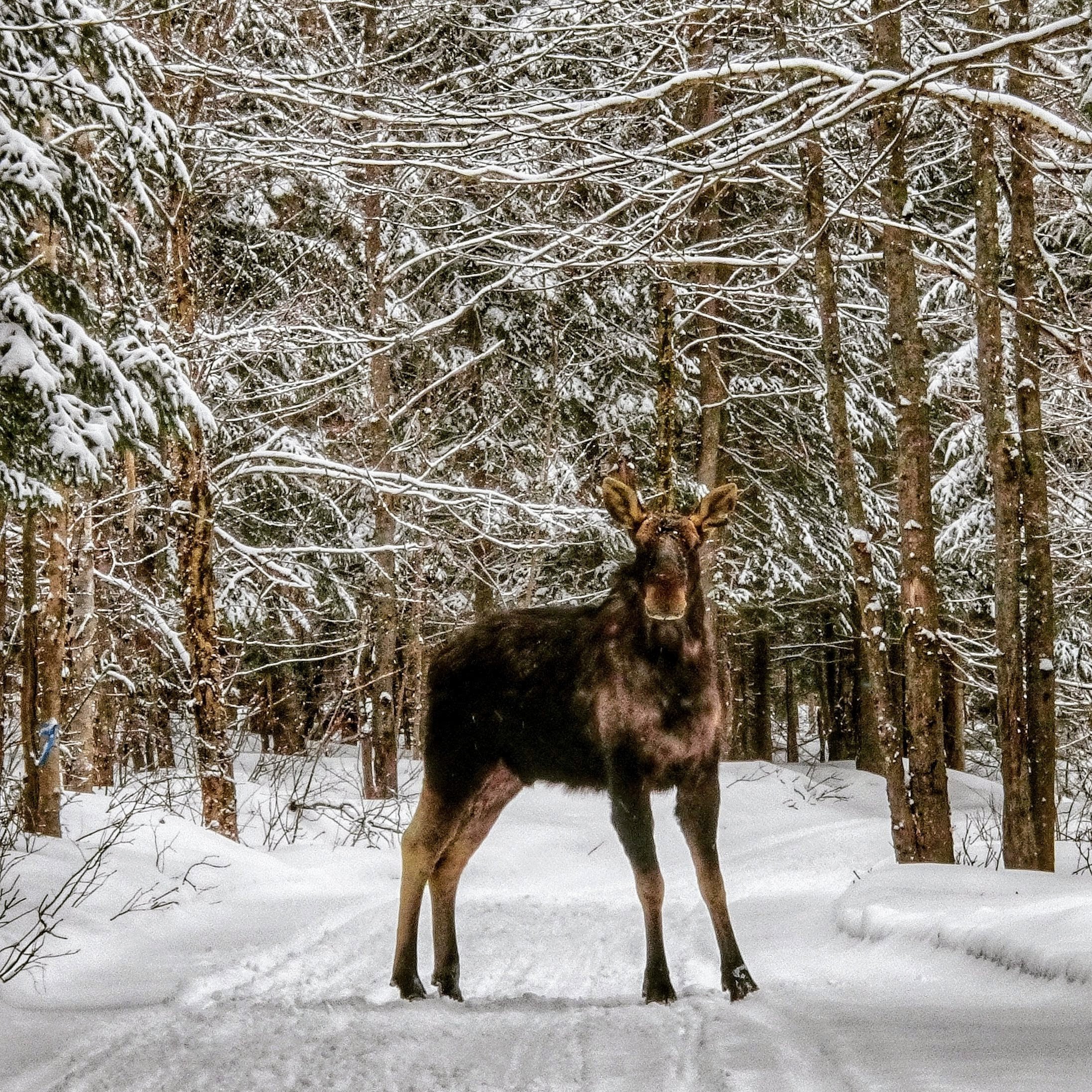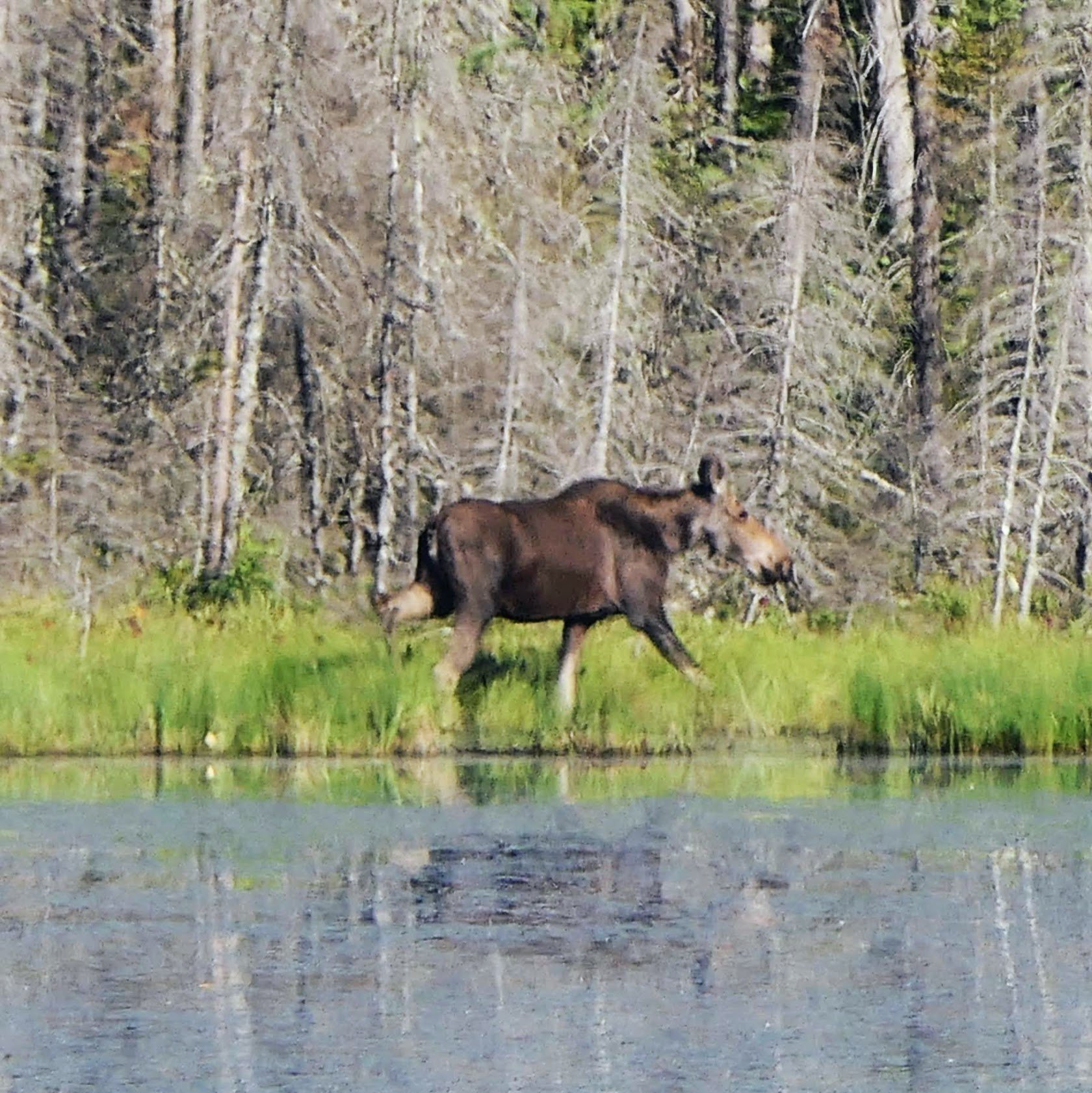
Wildlife and Habitats on the Refuge
The information and images in the top section of this page are excerpted from the Nulhegan Basin Division Habitat Management Plan, the U.S. Fish and Wildlife Service’s “Applied Silviculture for Climate Change” leaflet, and the USFWS’s Nulhegan Basin Division Brochure published in 2017. The section below the images of the American Woodcock and the Black-throated Blue Warbler includes images taken by Friends who generously shared their photos taken at The Refuge.
Unfortunately, some of the links in this page are not working at present, as the Conte Refuge is in the process of updating their website. As soon as possible, these links will be reinstated. For now, apologies to all who may be frustrated, as is the webmaster.
The Nulhegan Basin Fish and Wildlife Refuge, located in northeastern Vermont, represents the largest forested tract managed by the Conte Refuge. Located a few miles south of the Canadian border, the Nulhegan Basin is a unique landform with a correspondingly unique natural community composition. The Basin, a granitic pluton that is lowland rather than mountain, is an unusual landform. Unlike lowlands in most of the State, the Basin is dominated by lowland spruce-fir forest. In Vermont, only Victory Basin, a much smaller area 18 miles to the south, bears any resemblance to the Nulhegan in landform and vegetation characteristics.
The Nulhegan Basin’s vegetation contains elements of the boreal forest that occurs farther to the north. The Basin is largely a contiguous forest, bisected by streams and intermixed with peatlands, bogs, beaver-influenced wetlands, and forested wetlands. The Nulhegan River and three of its four tributaries - the North, Yellow, and Black Branches – exert a strong influence over the Basin’s habitats. Bogs, fens, shrub-dominated wetlands, and swamps, as well as lowland conifer, montane, and hardwood forests support a diversity of plants and animals.
from Nulhegan Basin Division Habitat Management Plan
Beaver Pond near Eagle’s Nest Intersection
Photo Credit: Roger Irwin
Northern hardwood forest–characterized by a mixture of sugar and red maple, yellow and paper birch, and beech–cloak the mountains of the Nulhegan Basin rim and the larger hills of the interior. Spruce-fir forest (primarily red and black spruce and balsam fir) covers large areas of the Nulhegan Basin bottom. White spruce occurs sparingly in floodplains and some swamps. In upland areas, successional stages of spruce-fir forests are often dominated by quaking and bigtooth aspen, red maple, and paper birch. Tamarack, northern white cedar, and black ash occur in the Division, often restricted to wetlands more heavily influenced by groundwater.
from Nulhegan Basin Division Habitat Management Plan
Wildlife conservation is a top priority at Nulhegan Basin Division. Nulhegan provides regionally significant breeding and migratory habitat for a variety of bird species. Active forest management is designed to improve habitat characteristics essential for “focal species.” Focal species are used to represent a variety of wildlife and plants that utilize similar habitats. Focal species for upland and lowland forests include:
Rusty Blackbird
Canada Warbler
Blackburnian Warbler
Black-throated Blue Warbler
American Woodcock
The Nulhegan Refuge contains a mosaic of spruce-fir, northern hardwood, and northern hardwood-conifer forest communities that provide habitat for these species.
Photos by Refuge Friends
Many rare plants, orchids, and other wildflowers occur in the Basin including the sundew, pink, white, and yellow lady slippers (or moccasin flower), Canada lily, purple fringed orchid, cotton grass, Rhodora, pitcher plant, trout lily, and many more.
Pitcher Plant
Photo Credit:
Holly Gaboriault, USFWS
Lady Slipper
Photo Credit: Roger Irwin
Barred Owl
Photo Credit: Judy Valente
Moose
Photo Credit: Judy Valente
Black-backed Woodpecker
Photo Credit: David Govatski
Silver-bordered Fritillary
Photo Credit: Brian Pfeiffer
Williamson's Emerald Dragonfly
Photo Credit: Brian Pfeiffer
Moose
Photo Credit: Judy Valente
Snowshoe Hare
Photo Credit: Judy Valente
Spruce Grouse
Photo Credit: Roger Irwin
Swainson’s Thrush
Photo Credit: Roger Irwin
Ermine. Photo Credit: Paul Cyr
Brook Trout
Ruffed Grouse
Photo Credit: Judy Valente
Gray Jay
Photo Credit: Roger Irwin
Moose in Winter
Photo Credit: Judy Valente
Moose Taking a Stroll
Photo Credit: Judy Valente
These two photos of lynx tracks were taken by Refuge staff in November 2017. The lynx had walked down a snow-covered board that was meant to be used to re-deck a bridge. As USFWS Wildlife Biologist Rachel Cliche explains, “It is a very large cat track (2 - 4" L x 2 - 5" W) and there is a lot of empty space in the track due to the amount of fur on their feet. The photos show the classic "ice-cream cone" shape caused by the fur on the back of their legs.”
The latest winter track survey conducted by Refuge staff in March 2021 did not record any lynx tracks.
Lynx tracks on snow-covered board in 2017
Photo Credit: USFWS
Lynx tracks on snow-covered board in 2017
Photo Credit: USFWS
